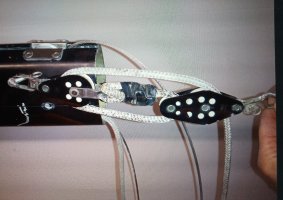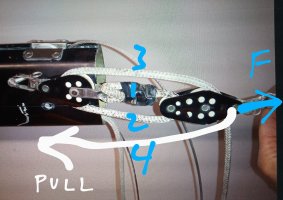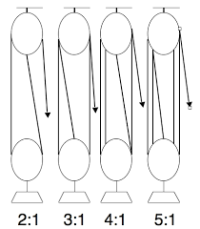Slick470
Sustaining Member
A brand new sail should need little or no leach or foot line tension, however, as the sail ages and stretches, the lines can prevent the leach or foot from fluttering or flapping which can cause further damage. Over tensioning it is bad though and can cause more stretch, so give it just enough tension to stop the fluttering. If it causes hooking of the sail, it's probably time to go visit your sailmaker for a recut or maybe even a new sail.
Obviously sails change shape from use, UV, and/or just the properties of the materials they are made of as they age. The leach and foot lines are just additional tools to help cope with those changes until it's time to do something about those changes. Another one that can help for mainsails is relaxing the bolt rope every now and then. They tend to shrink over time which in turn shrinks the luff and can throw off the overall shape of the sail. Usually there are just a few hand stiches along the luff so a pretty easy thing to do yourself, or have a sailmaker take care of.
Obviously sails change shape from use, UV, and/or just the properties of the materials they are made of as they age. The leach and foot lines are just additional tools to help cope with those changes until it's time to do something about those changes. Another one that can help for mainsails is relaxing the bolt rope every now and then. They tend to shrink over time which in turn shrinks the luff and can throw off the overall shape of the sail. Usually there are just a few hand stiches along the luff so a pretty easy thing to do yourself, or have a sailmaker take care of.









